Collaboration between WWF, World Bank, FAO and others aims to assess impacts, performance indicators
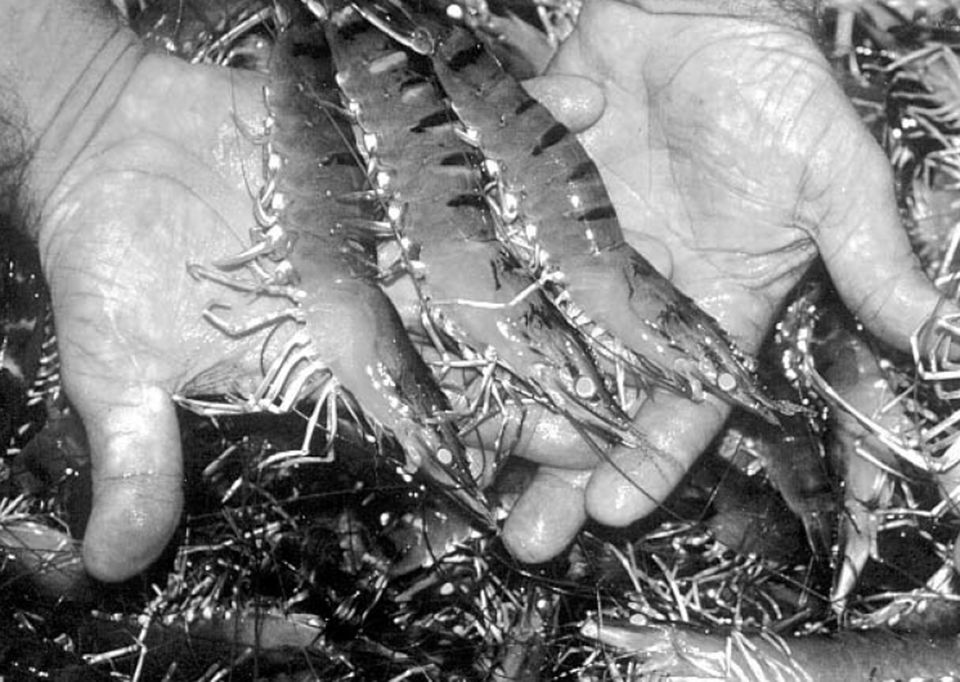
There has been considerable criticism about the adverse environmental and social impacts of shrimp farming during the past few years. However, there have been few efforts to objectively assess the environmental and socioeconomic status of shrimp farming.
Those who make their livelihood by supplying shrimp to the market should be interested to know that a large project has been initiated in which case studies will be made of shrimp farming worldwide. This project originated in funding provided by the MacArthur Foundation to the World Wildlife Fund (WWF) and the Network of Aquaculture Centers in Asia Pacific (NACA) for conducting some case studies of shrimp farming in Asia and South America. The scope of the project was enlarged when the Food and Agriculture Organization of the United Nations (FAO) agreed to participate in the project and the World Bank provided additional funding.
The objectives of the study are to document the practices currently used in shrimp farming, consider the positive and negative impacts of shrimp farming, and to suggest practices for improving environmental and socioeconomic performance.
Some in the shrimp industry may question the necessity for these studies or even assume that these studies are intended only to further expose shrimp farming in a negative way. This certainly could have been the case had there been no input of the shrimp farming sector in planning the project.
Fortunately, Jose Vincente Mogollon, a Colombian shrimp producer, made the initial contact with the MacArthur Foundation. Through the efforts of Mogollon and Dr. George Chamberlain of GAA, MacArthur Foundation was persuaded to divide their funding between Dr. Jason Clay of WWF and Dr. Michael Phillips of NACA. Jason Clay is by far the most objective of the “environmentalists” that I have met, and Mike Phillips is a strong advocate for aquaculture.
The funding from World Bank is managed by Dr. Ron Zweig, who has long experience in aquaculture development, and the FAO component of the project is supervised by Dr. Rohana Subasinghe, a specialist on aquatic animal health. I have served as an advisor to the project since its initiation and have been involved in preparing terms of references for case studies, selecting the investigators, and conducting and reviewing case studies.
Many people are involved in the preparation of the case studies to include shrimp farmers, shrimp feed manufacturers, shrimp-farming consultants, aquaculture researchers, government officials, sociologists, economists, officials of international development agencies, and of course, environmentalists and ecologists. The group truly does represent a wide range of stakeholders, and for this reason, I believe that a useful and objective product will result.
A list of the case studies is provided in Table 1.
The initial drafts of several of the case studies are being reviewed, and drafts of most case studies should be available by mid-year. All case studies should be finalized by the end of December 2000.
The methods for disseminating the results of the case studies is still under consideration. However, I suspect that the individual case studies and summaries combining the most significant findings by major topic, production method, region, etc. will be made available electronically rather than in a book form. Shrimp News International plans to assist with dissemination of information resulting from the studies.
The findings of these case studies should greatly increase our understanding of shrimp farming practices and impacts, and they also should reveal methods for improving the economic, environmental and social performance of shrimp farming.
I understand why some readers may be uncomfortable with this effort. Nevertheless, I sincerely believe that these case studies will be highly beneficial to the future of shrimp farming. For those doubters among you, I can only say that the only way to have any control of the results of the case studies is to be involved in the process rather than on the outside looking in.
Fortunately, many within the shrimp farming industry share this opinion, and there has been tremendous cooperation and input from the industry.
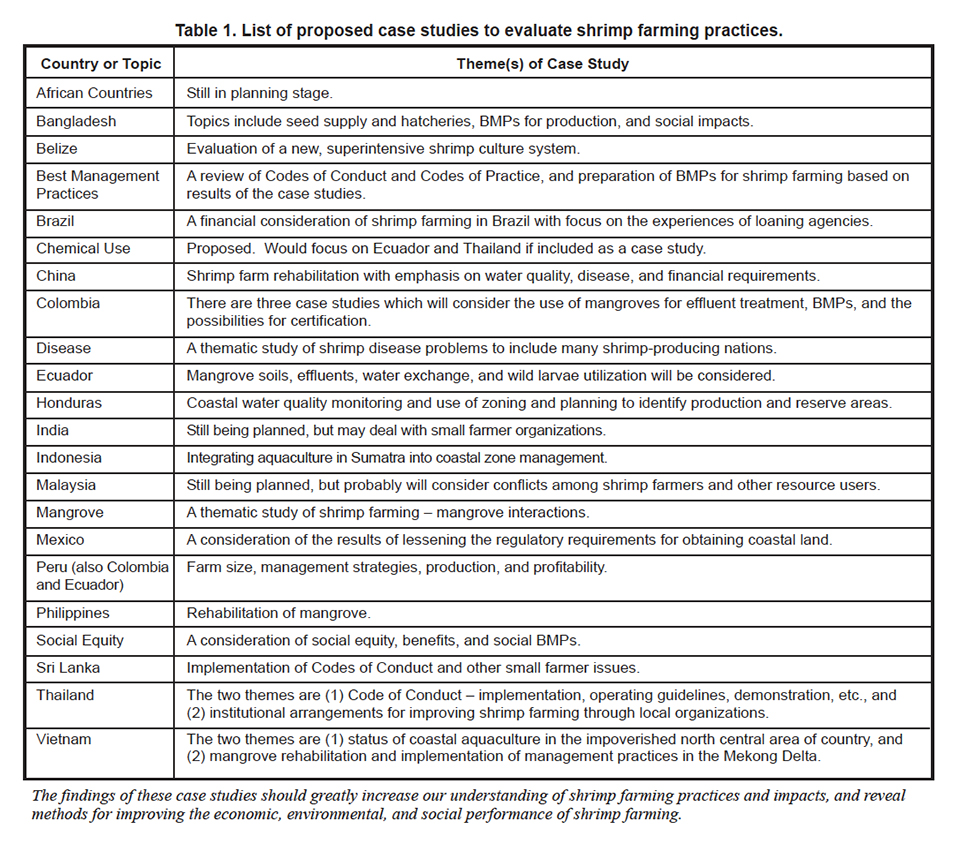
(Editor’s Note: This article was originally published in the April 2000 print edition of the Global Aquaculture Advocate.)
Now that you've reached the end of the article ...
… please consider supporting GSA’s mission to advance responsible seafood practices through education, advocacy and third-party assurances. The Advocate aims to document the evolution of responsible seafood practices and share the expansive knowledge of our vast network of contributors.
By becoming a Global Seafood Alliance member, you’re ensuring that all of the pre-competitive work we do through member benefits, resources and events can continue. Individual membership costs just $50 a year.
Not a GSA member? Join us.
Author
-
Claude E. Boyd, Ph.D.
Professor
Department of Fisheries and Allied Aquacultures
International Center for Aquaculture and Aquatic Environments
Auburn University, AL
36849-5419 USA[117,100,101,46,110,114,117,98,117,97,64,49,101,99,100,121,111,98]
Tagged With
Related Posts
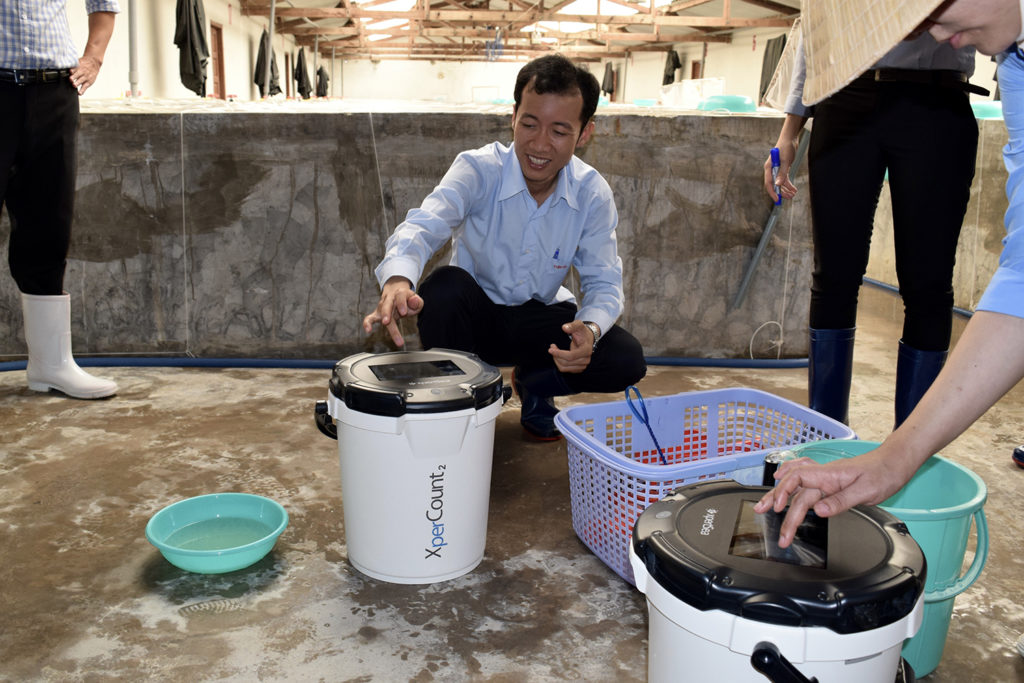
Innovation & Investment
AI platform delivers data to fish and shrimp farmers
XpertSea does more than count fish. It uses AI and computer vision to calculate growth rates and optimal harvest dates to improve aquaculture efficiency.
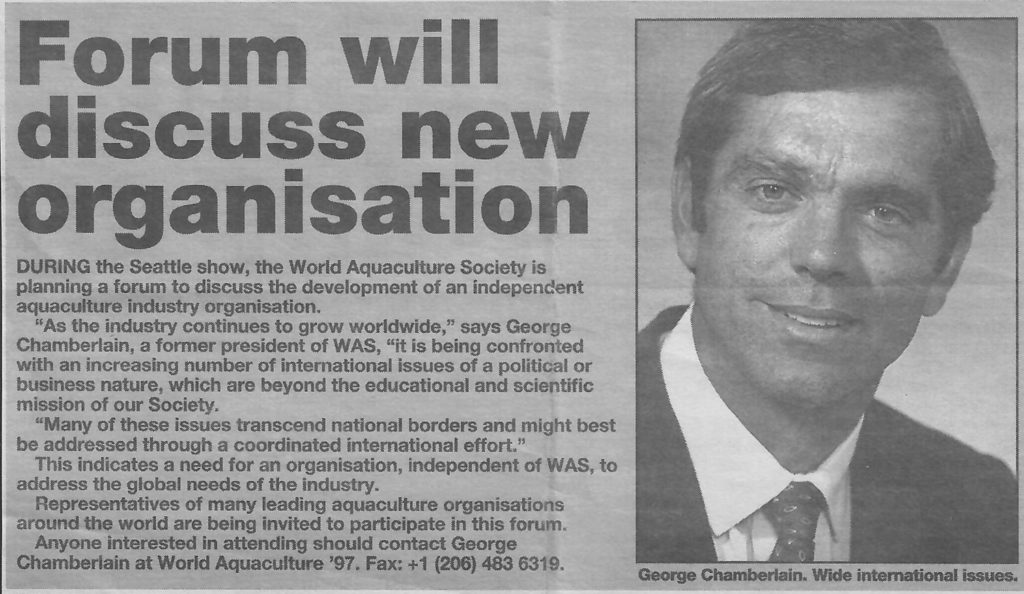
Innovation & Investment
20 years of the Global Aquaculture Alliance
A timeline of key milestones and achievements by the Global Aquaculture Alliance and its third-party aquaculture certification scheme, Best Aquaculture Practices (BAP).
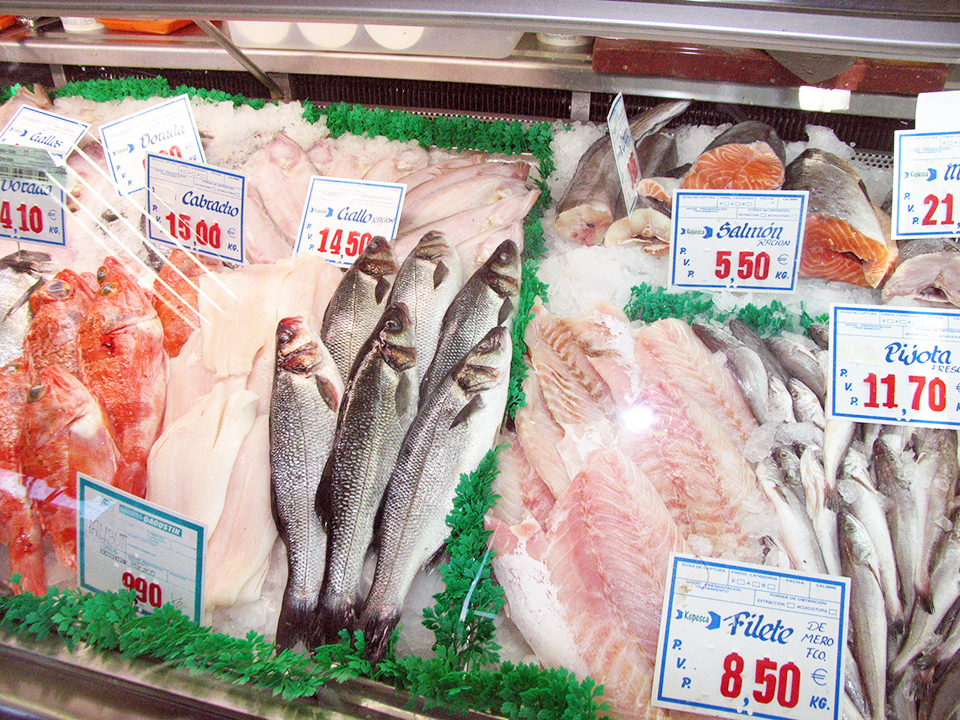
Intelligence
FAO fish indices enhance global seafood price evaluations
The aquaculture industry influences global seafood prices by increasing international trade competition. The fish price indices published by the Food and Agricultural Organization of the United Nations report the aggregate effects of seafood supply and demand.
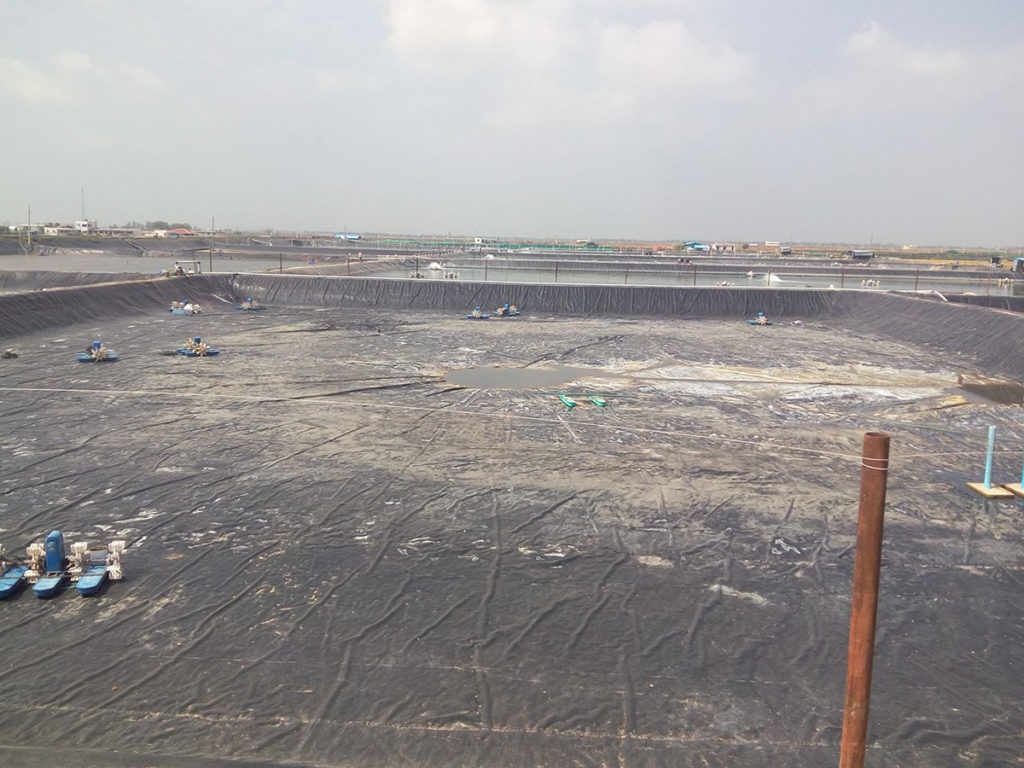
Responsibility
Appraising pond liners for shrimp culture
The use of plastic-lined ponds by shrimp farmers can significantly improve production efficiency, support more production cycles per year, and higher mechanical aeration rates and stocking densities. The capital cost of lining ponds can be very significant, so a thorough feasibility analysis is recommended when considering this production tool.



